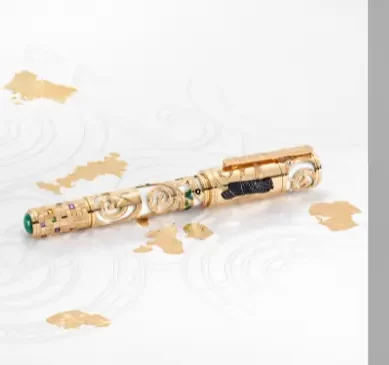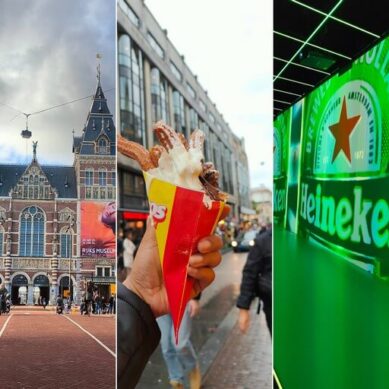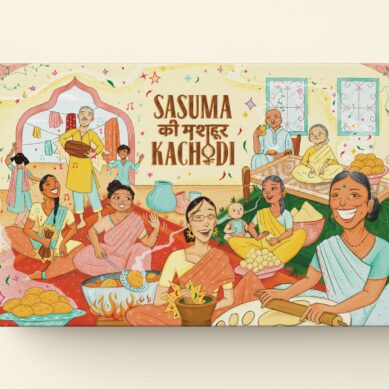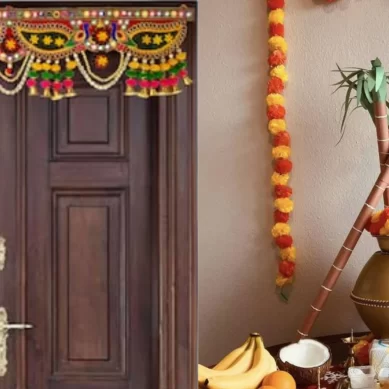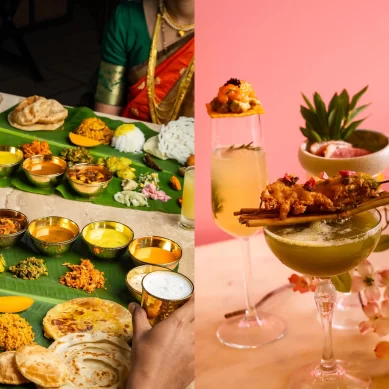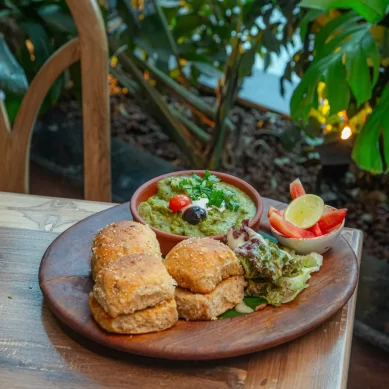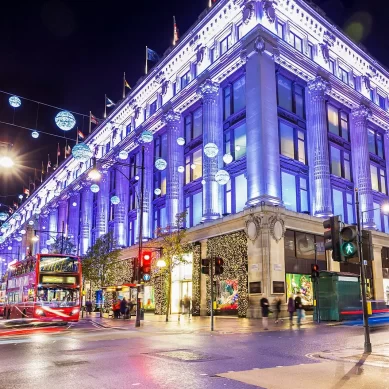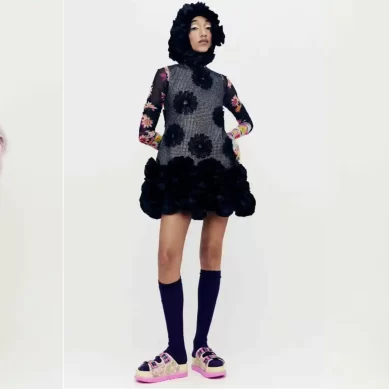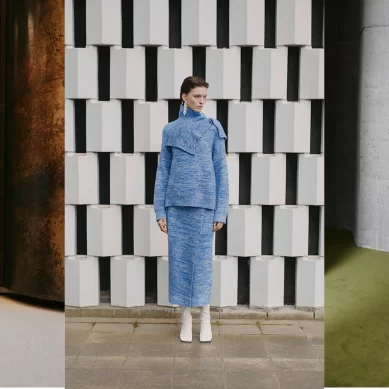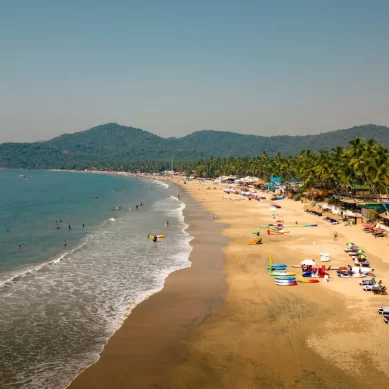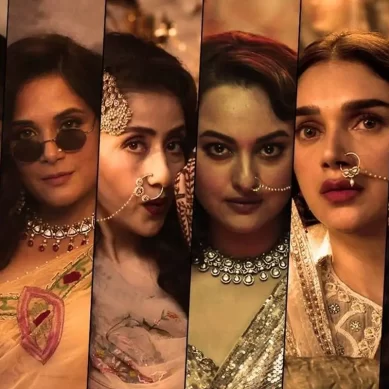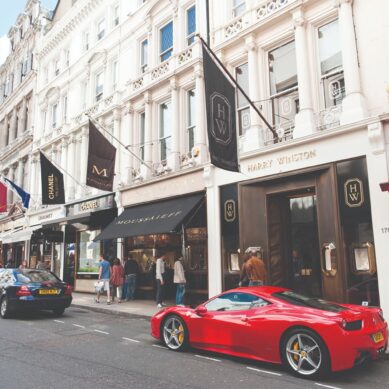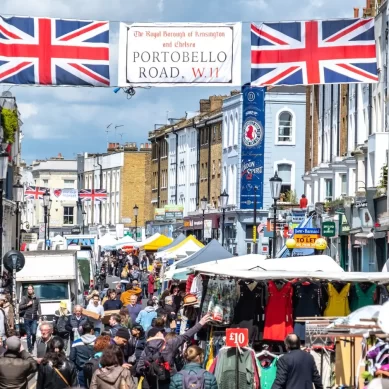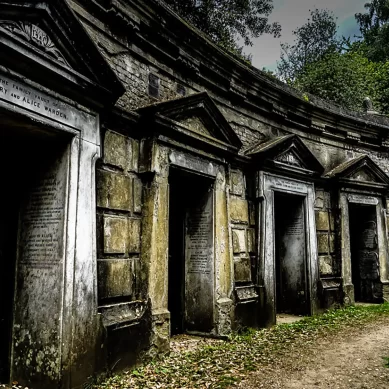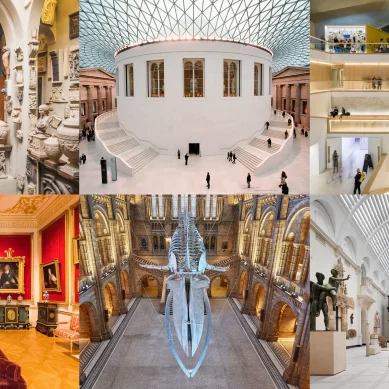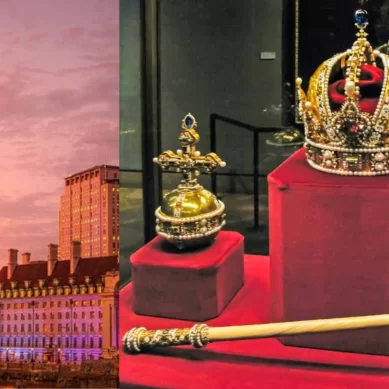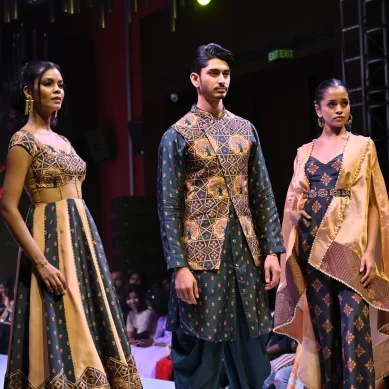Nita Mukesh Ambani Cultural Centre ( NMACC ) is among Mumbai’s most upscale commercial sector and a brand-new cultural institution. Bandra Kurla Complex is home to the newest and most impressive multi-disciplinary cultural facility in the city: the Nita Mukesh Ambani Cultural Centre (NMACC for short). The biggest names in Indian and worldwide showbiz, as well as fashion icons and critically acclaimed performers, attended the three-day launch event, which made headlines around the world.
(credits : NMACC official Youtube )
(credits : NMACC official Youtube )
Nita Ambani has stated that the centre will attract “the brightest talent from India’s metropolis, small towns, and remote regions.”
(credits : NMACC official Youtube )
A section of the NMACC’s current “India in Fashion” exhibition is devoted to the history of the sari.
An expansive 2000-seat Grand Theatre, a state-of-the-art 250-seat Studio Theatre, and a lively 125-seat Cube are all available for performances at NMACC. The Art House, a four-story visual arts venue designed in accordance with international museum standards and intended to house a wide variety of exhibits and installations from India and around the world, is also located within the complex. Nita Ambani said that the centre will attract “the finest talent from India’s metropolis, small towns, and remote regions.”
The architectural concept for NMACC was conceived with India’s storied past in mind. The modern façade and interior of the centre feature elements of Indian culture, such as lotus flower themes and the largest commissioned Pichwai painting. In addition to Richard Gluckman, who oversaw the Art House, the Atlanta firm TVS Design played a significant role in the design of NMACC.
The lighting system in the Grand Theatre of NMACC is augmented by 8400 Swarovski crystals.
The Grand Theatre is equipped with state-of-the-art integrated Dolby Atmos systems and a customizable lighting system augmented by over 8400 Swarovski crystals, both of which contribute to the ultimate in immersive experiences. There are 2000 seats in the theatre (designed by Poltrona Frau), all of which have excellent views of the stage (save for the 18 seats in the special Diamond Boxes).
(credits : NMACC official Youtube )
The Studio Theatre’s telescoping seating is just one of the many ways in which it may be reconfigured to suit the requirements of a given performance. The tension wire grid is the first of its kind in India, and it greatly simplifies lighting and rigging for the duration of the production. Finally, The Cube is a small venue that supports experimental theatre and showcases up-and-coming artists. The area also has state-of-the-art laser projection technology, lighting with infrared emitters, and recording infrastructure.
(credits : NMACC official Youtube )
The NMACC is now hosting a group exhibition by the namesake coordinated by Jeffrey Deitch and Ranjit Hoskote.
The massive 16,000 square foot Art House at NMACC was designed to feature a rotating roster of installations and displays that make accessible the museum’s collection of Indian and international art. The current exhibition is a group show named “Sangam/Confluence,” curated by Ranjit Hoskote and Jeffrey Deitch. The exhibition shows how artists do not limit themselves to one language, medium, or style as they celebrate India’s many cultural traditions via the works of modern Indian and worldwide artists. Anselm Kiefer, Cecily Brown, Francesco Clemente, Lynda Benglis, and Raqib Shaw are just a few of the international artists who have been greatly influenced by India. Other artists featured in the exhibition are Bharti Kher, Bhupen Khakhar, Ranjani Shettar, Ratheesh T, and Shanti Bai.
India in Fashion’s “The Hippie Trail” exhibition at the Nita Mukesh Ambani Cultural Centre (NMACC) in Mumbai’s Design Quarter features the work of Anamika Khanna and Rudi Gernreich. NMACC is responsible for the use of these images.
To celebrate the opening of the NMACC, fashion great Hamish Bowles produced a magnificent exhibition. The exhibition, titled “India in Fashion,” delves into the multifaceted influence that traditional Indian garments, fabrics, and workmanship have had on the global fashion perception since the 18th century. The show presents a thorough chronicle of the emergence and evolution of the contemporary Indian fashion community, from the iconic Bollywood clothes that moulded the sartorial narratives of the period to the historical chintz garments worn by the British upper classes. Patrick Kinmonth and Rooshad Shroff developed the lavish, theatrical scenography, which draws inspiration from locations like Indian step wells and Jaipur’s Jantar Mantar.
(credits : NMACC official Youtube )
‘India in Fashion‘ features both established and emerging designers from India.
The exhibition “India in Fashion” showcases the work of a number of influential Indian fashion designers, including Abu Jani Sandeep Khosla, Anamika Khanna, Anita Dongre, Anuradha Vakil, Manish Arora, Manish Malhotra, Rahul Jain, Rahul Mishra, Ritu Kumar, Sabyasachi Mukherjee, Sanjay Garg, and Tarun Tahiliani. Fashion icons from throughout the world, including Coco Chanel, Jean-Philippe Worth, Mainbocher, Yves Saint Laurent, and Elsa Schiaparelli, are also included in this one-of-a-kind celebration of India’s rich fashion heritage.
‘Kamal Kunj,’ the largest commissioned Pichwai painting, and ‘Clouds’ by Yayoi Kusama, a 90-piece stainless steel structure that mirrors the sky, are just a couple examples of the public art installations at NMACC outside the ticketed events and shows and many others at showcased at Nita Mukesh Ambani Cultural Centre ( NMACC ) in Mumbai …..
(credits : NMACC official Youtube )



